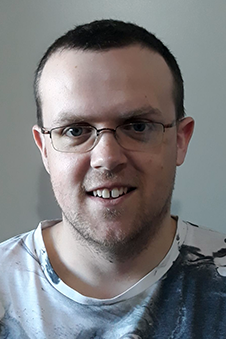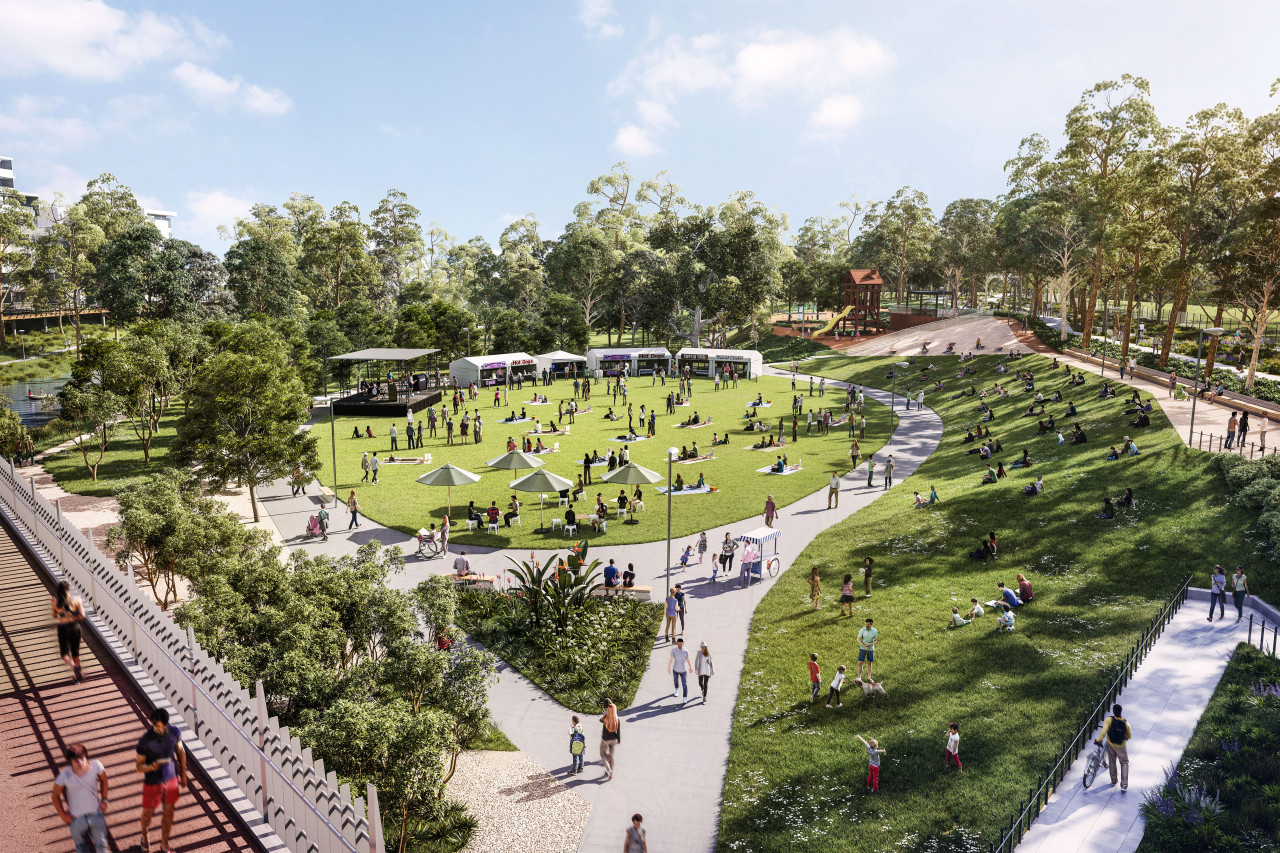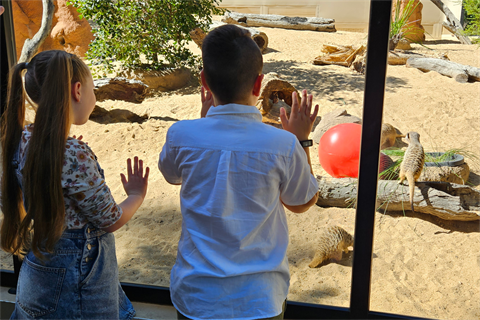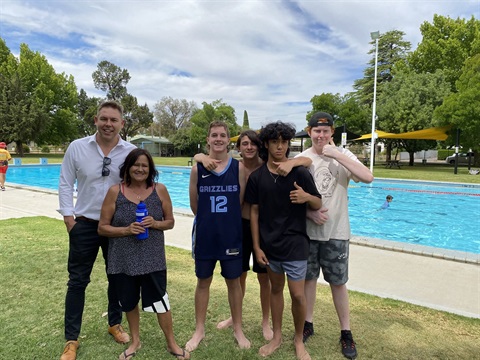Modelling and advice from University of Otago scientists helped to protect New Zealand’s power grid during the solar storm at the weekend.
Storms generate the Aurora Australis, which light up the sky in shades of red and green, but also induce electrical currents in the grid and can damage vital equipment, like transformers.
Professor Craig Rodger, from the Department of Physics, has been working with Transpower, which is responsible for electric power transmission in New Zealand, to develop protocols for dealing with space weather for many years.
So, when the G5 storm happened on Saturday and currents in the grid increased, Transpower consulted Professor Rodger and implemented a mitigation switching strategy to turn off certain circuits.
As a result, there was no impact on the country’s electricity supply or damage to equipment.

Dr Daniel Mac Manus
Professor Rodger says that strategy is thanks to his former PhD student and now Postdoctoral Research Fellow, Dr Daniel Mac Manus.
Transpower developed an initial strategy in the early 2000s which focused on the lower South Island, so Dr Mac Manus updated this and extended it nationwide.
“Daniel did his Honours at Otago, he did his Masters at Otago, he did his PhD at Otago and has produced the plan which New Zealand used to help protect itself on Saturday night,” he says.
It started about nine years ago when Professor Rodger won funding from the Ministry of Business, Innovation & Employment to collaborate with Transpower to understand what a geomagnetic storm would do to the power grid.
This created the Solar Tsunamis Parawhenua Kōmaru research project to work with the New Zealand energy industry to prepare for extreme solar storms.
Dr Mac Manus joined the project in its earliest days as an Honours student and was involved in analysing 20 years’ worth of data from Transpower. The work became his Honours and Masters projects, and then the basis of his PhD thesis.
“Daniel’s PhD was initially to model the currents of the New Zealand power network for the real storms that we have seen, usually quite small, over the past 20 years and do this best to simulate the power grid for event that really happened,” Professor Rodger says.
“Once we got comfortable that we were doing an ok job of simulating the power grid, we could then look at an extreme scenario, a 1-in-100-year event.”
They used a “reasonable worst-case scenario”, which was about 15 times bigger than last weekend’s storm.
That highlighted hot spots in the grid, particularly in Dunedin and parts of Auckland, so Transpower put in new monitoring equipment based on Dr Mac Manus’s simulations.
“We’ve had a few storms since then confirming these locations are higher risk from geomagnetic storms than previously thought, so Daniel’s modelling is good.
“That was really pleasing, honestly.”
In August 2022, Professor Rodger and Dr Mac Manus went to Transpower’s headquarters in Wellington, where they simulated an extreme solar storm and huge currents in certain transformers.
They aimed to see what they could do to the power network to redistribute the currents so locations did not become overloaded. They disconnected some power lines to decrease the impact of the currents while ensuring the network remained stable so there were no blackouts.
“Meanwhile, Daniel is sitting there with his work laptop. We’d take a transmission line out and he would rerun the model. Occasionally we would find these locations, these lines, that if we removed them the hazardous current would go down.
“Over most of a day we built a list of South Island and North Island circuits that they would disconnect, such that the power network would stay on and be stable, but the hazardous current would go down.”
The plan was later made official and control room staff were trained to implement it in case of a major event.
“And then on Saturday afternoon we ended up with this G5 storm and the switching sequence was put into action.”
Professor Rodger says it was thrilling to see the work implemented.
“It’s just really satisfying to be able to take decades of background preparation and doing research to the point that I can do something applied that is apparently useful. That’s lovely, it’s a really nice feeling.”
On Monday, Transpower publicly thanked Professor Rodger for his expertise and advice.
The strategy is part of the wider Solar Tsunamis project with Transpower New Zealand Ltd.






